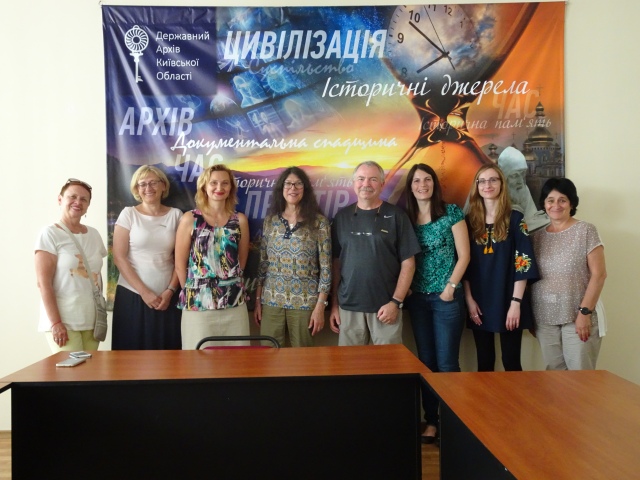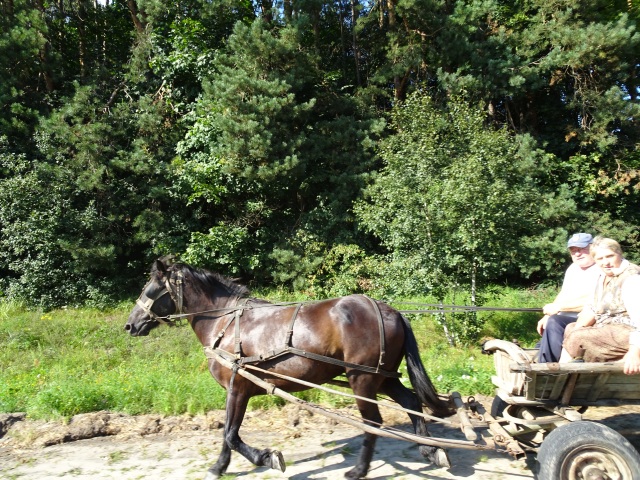We had a phenomenal time at the Kiev archives. The archivists were welcoming and gave us a terrific tour. 
We’ve been really fortunate in our visits to various archives. Archivists have been welcoming, eager to speak with us about their holdings, happy to bring us the record books we need to do our research, and permitting us to get copies of records as needed.
Of course, in addition to immersing ourselves in the archives we have also been able to wander the streets to see where our ancestors and those of our clients lived. For the areas in the former Russian Empire, such as Kiev, we often have no indication of street or house number, and when we do have a house number, it is difficult to locate where that residence might have been. There are of course exceptions, but we generally are only left with clues connected to either a church or the Jewish community. When we don’t have much to go on, all we can do is look at neighborhoods with older homes and buildigns that still stand, and take pictures of those to at least set a tone for what the place may have looked like, and find out as much as possible about local history from various types of records, to give context to the ancestor’s lives.
Scenes such as this one with a horse pulled cart are common in today’s Eastern Europe. When I was here 9 years ago, I often saw these on the road with hay and farm products piled high in the cart. I had no idea whether this would still be the case. Of course a big city like Kiev has changed considerably over the last 9 years. There are more shops and restaurants, malls, and the number of people on the streets is astonishing.The city still struggles in terms of ambiance with many building remaining from the Soviet era still dominating.
By late afternoon we were off to Khmelnitsky. I know this town better as Proskurov which was its name prior to 1954. In the annals of Jewish history, Bogdan Khmelnitsky is not a name to be celebrated. He is of course a hero in Ukrainian history since he led a Ukrainian peasant uprising against the Poles. During the course of that uprising in 1648-49, perhaps thousands of Jews were massacred, since they often worked on the estates of Polish nobles, the Jews were linked to the Poles by Khmelnitsky and his followers. I wonder what we will find there.
